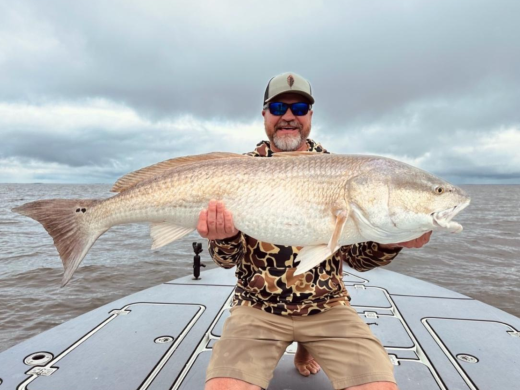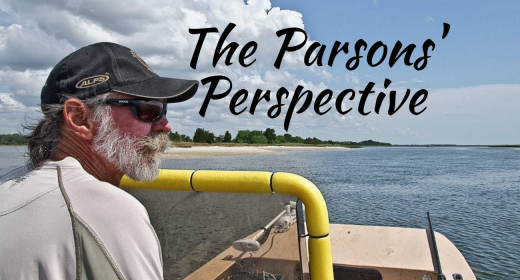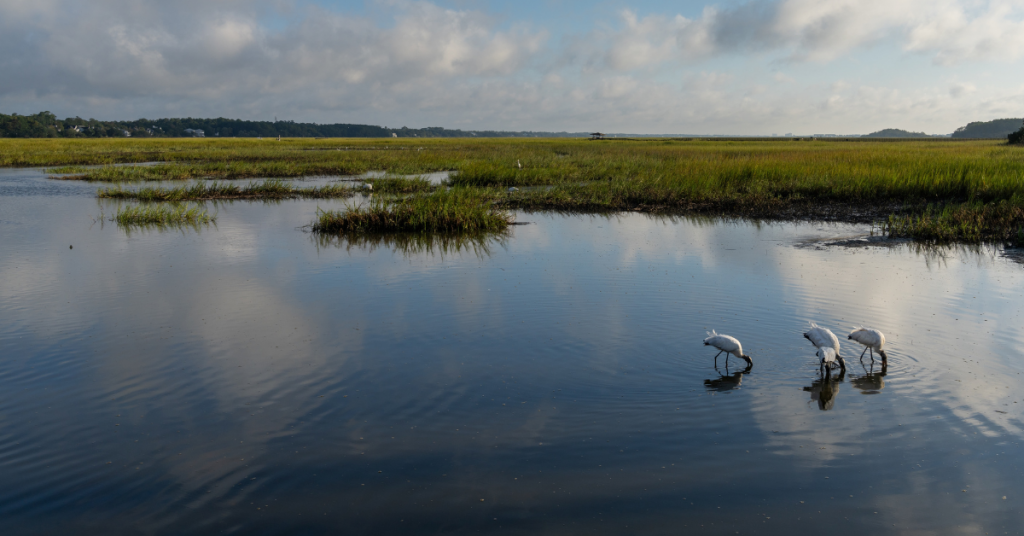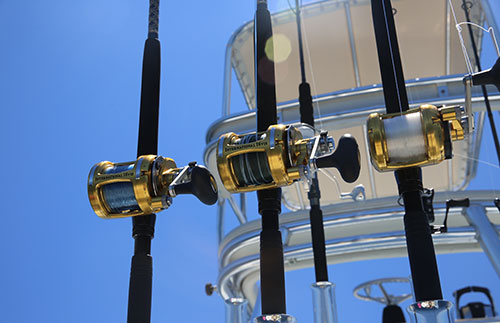Fishing The Skinny Water…..Know The Landscape
Fishing in shallow waters of the Southern coast has many names. Some call it, “fishing the flats”. Others call it “skinny water fishing”. Whatever you call it, it’s a great as well as challenging way to spend the day fishing. Especially if you’re fishing for Redfish. Like most types of saltwater fishing, there’s an art to it. It’s not the type of thing that you just head out to the “skinny water” and start casting and the fish start biting. As a matter of fact, if you’re not rather skilled, the first thing that’s probably going to happen is you’ll likely run aground, and it can only get worse from there. So let me take a few minutes of your time to get you on the right track.
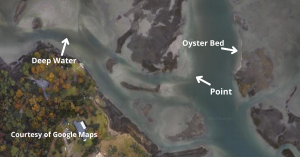
The first thing I do is check Google Maps. That’s right, I said Google Maps. No, I don’t use it for navigation, but I do use it for seeing the water bottom including shallows, holes, and other factors that impact my fishing. The location of those shallows is a must when it comes to making sure you can get in and out of those creeks that you’re wanting to fish. Google gives you a great overview with their satellite imagery. That same overhead view gives me a perspective of the creek and how it moves, where it goes, and what other creeks and water sources it may be feeding into or out of. I also get an idea of the current direction which will be important later. While my target fish may be Redfish, the flats are also great locations for catching Flounder and Speckled Trout. So, make sure you’re rigged and ready for a mixed bag.
Once I find the flats that look promising, I check out the details, such as water movement direction and speed, moving bait, then finding the holes and structures that I mentioned earlier. Rigged with a jig that’s tipped with a piece of mullet, I start casting to the vicinity of the hole. Let it drop in and start to retrieve. Just be patient, the sudden splash may spook the fist at first, but they will calm down and become more trusting.
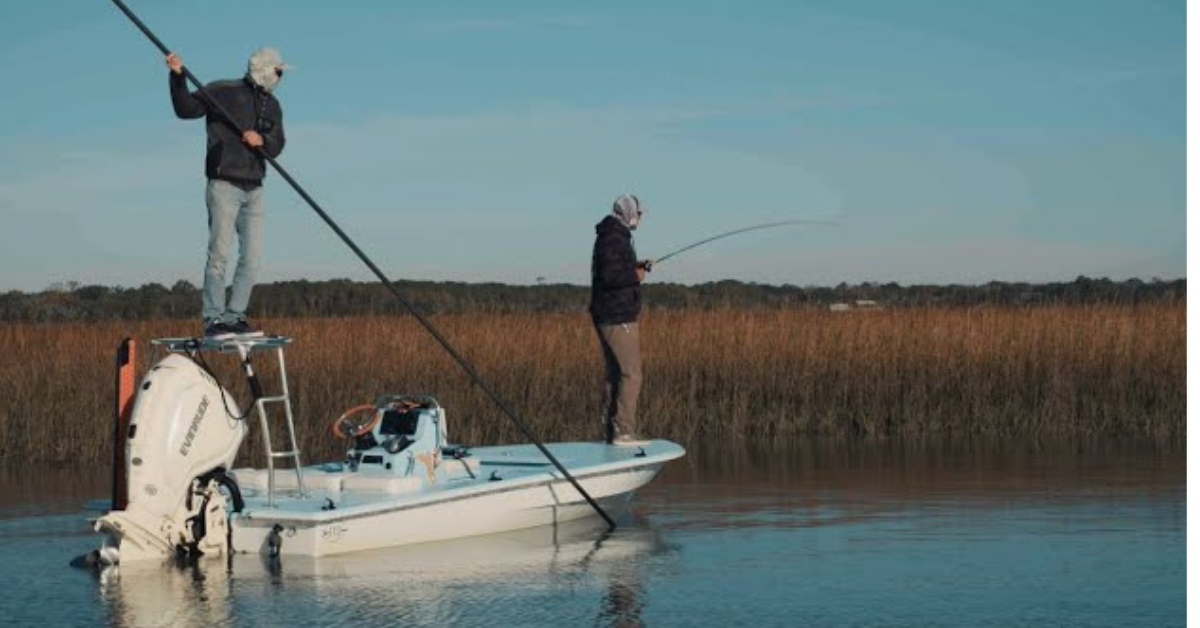
Another tactic is to move the boat to the deeper water and cast towards the more shallow water, like the oyster beds and marsh grass. These are popular feeding grounds for both Redfish and Flounder. I prefer artificial bait here due to the more rugged bottom. Start watching for swirls and water movement that can indicate not only baitfish moving but also Redfish feeding on the shallow bottom or moving through the marsh grass feeding. However, the bait can also move in multiple directions depending on the tides, winds, and temperature. Look for creek intersections, where creeks converge. Fish species move to look for food that moves with the water flow. This is especially true with feed creeks that allow the bait to have multiple options for movement and protection.
Remember, the “skinny water” is where it’s at. The fish that is. It works so well because of its rapidly changing water flow as well as the ever-changing bottom. You can go from an oyster flat to a deep hole in a matter of a few feet and both locations hold fish. You can fish a point for Redfish that may be coming around the corner or the center of the channel for Speckled Trout looking for the right place in the water column. You can also catch Flounder that are stacked up in a deep hole and all from the same position. Just come with multiple rig options like jigs with cut bait, jigs with artificial bait, or popping corks with any of the above.
Another great thing about fishing the “skinny water” is the peaceful environment. Thanks to the shallow water you’re not dealing with jet ski traffic or large boats rocking your world. Instead, you’re fishing in a beautiful, peaceful place doing what you love. It will quickly become your “Happy Place”.
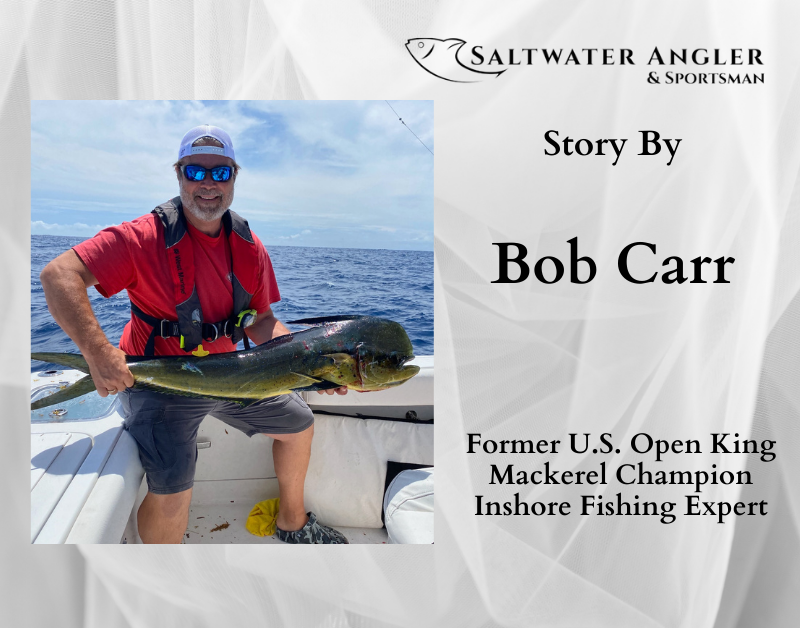
You may be interested
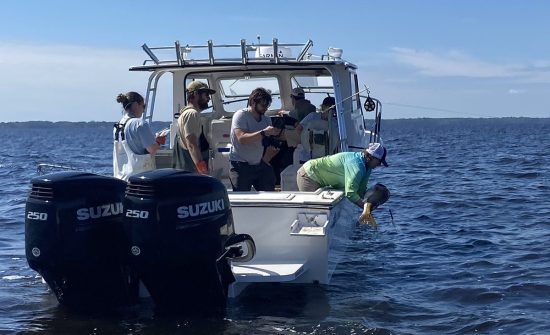
Satellite Tracking Study Aims To Unlock More Red Drum Secrets
Tim Wilson - April 8, 2025A pilot study tracking a popular saltwater fish was not expected to yield as much information as it did in its first year. When the North Carolina…
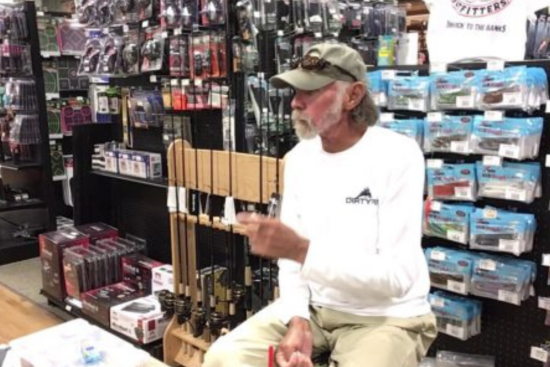
9 Things Fishing Guides Won’t Tell You
Tim Wilson - April 8, 2025We’re all amazed at how fishing guides nearly always know what to do and where to go to put fish in the boat. Most guides are fishing…
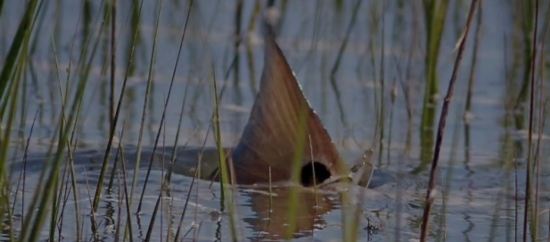
How the Moon Phase Impacts Inshore Fishing
Tim Wilson - April 3, 2025The late spring and early summer months are a time of the year when the inshore goes thru a transition period. It's when the fish come out…
Most from this category
